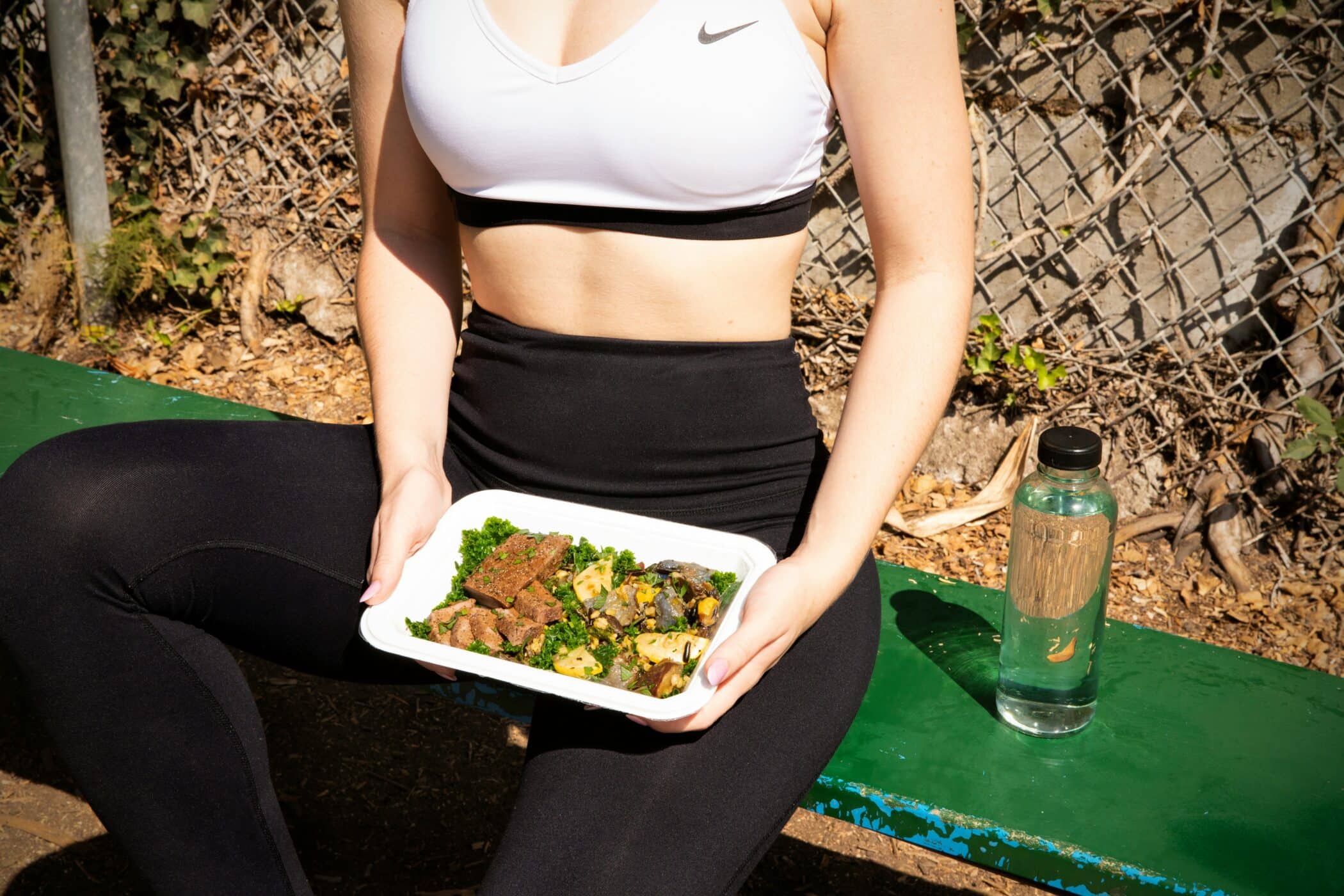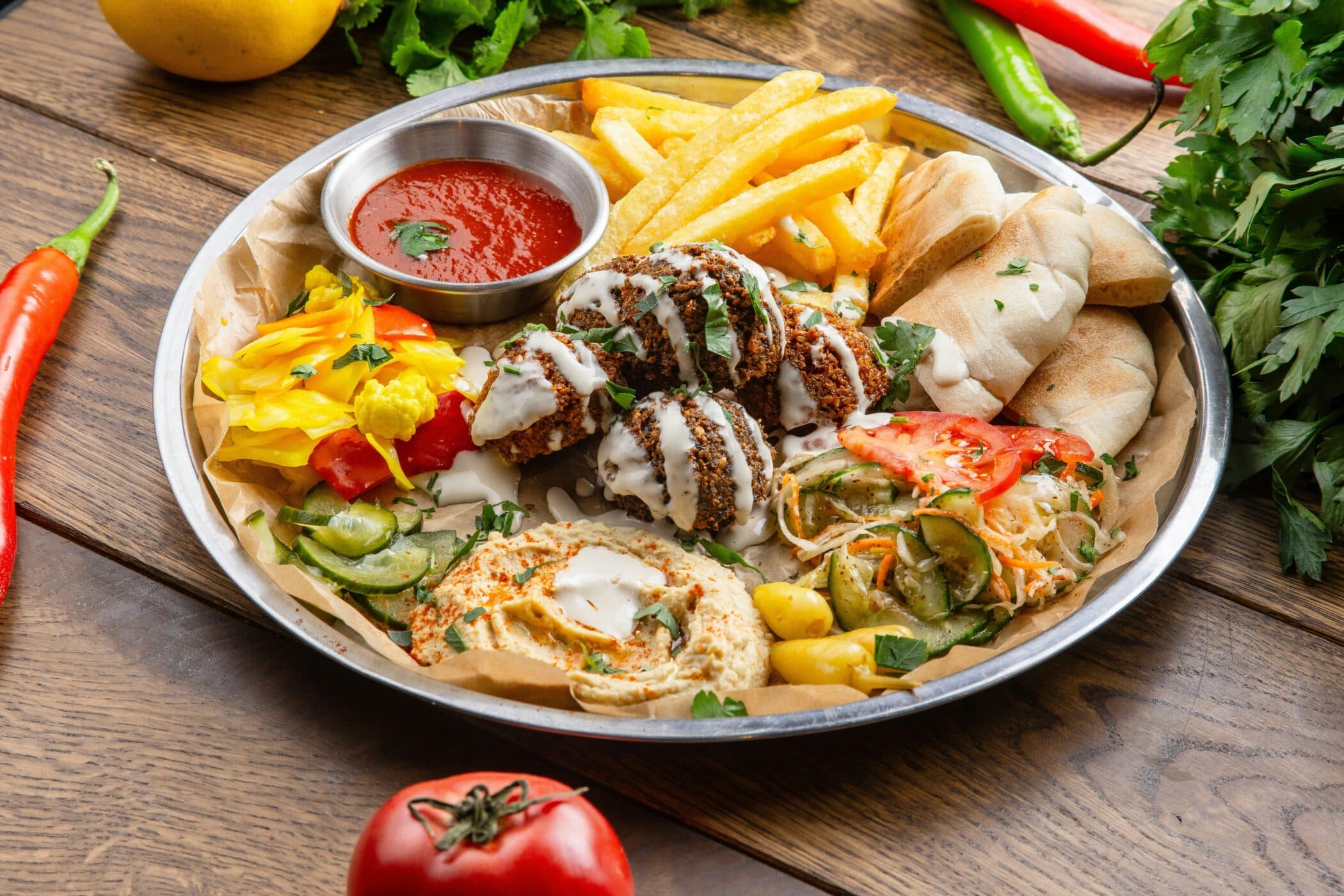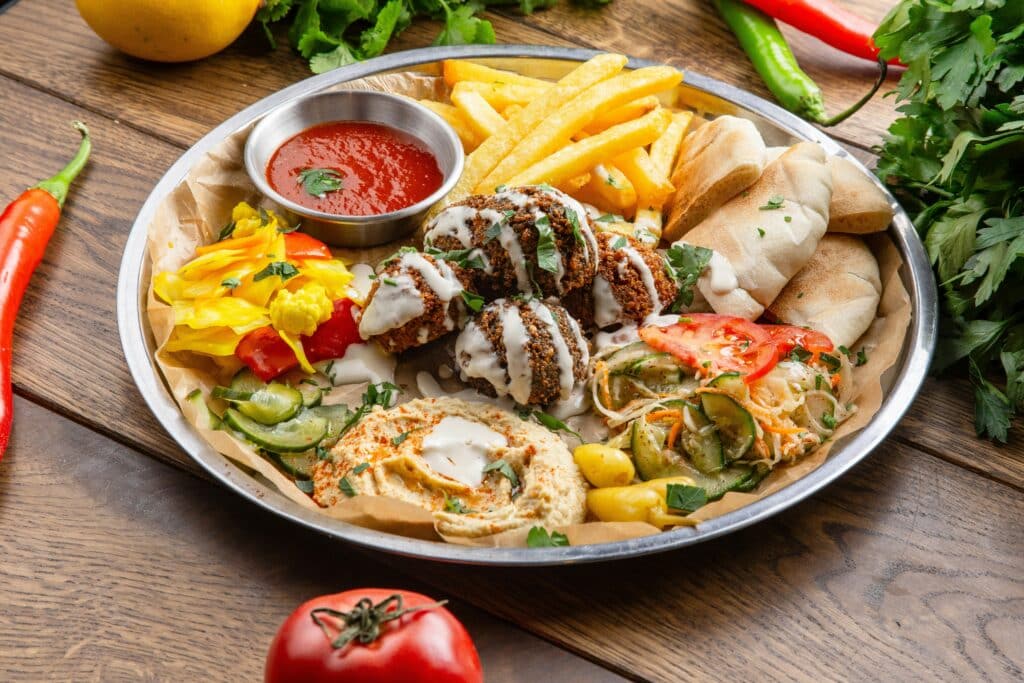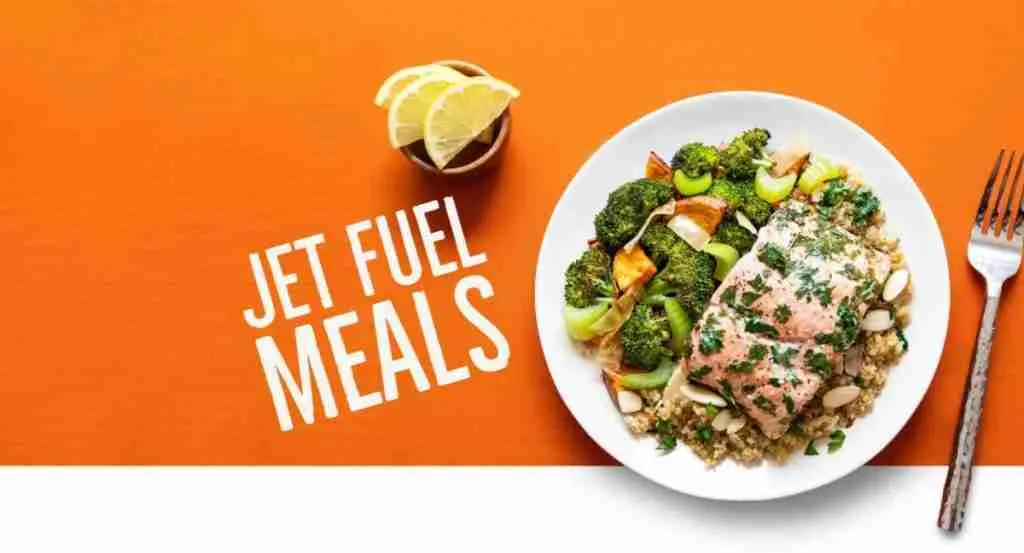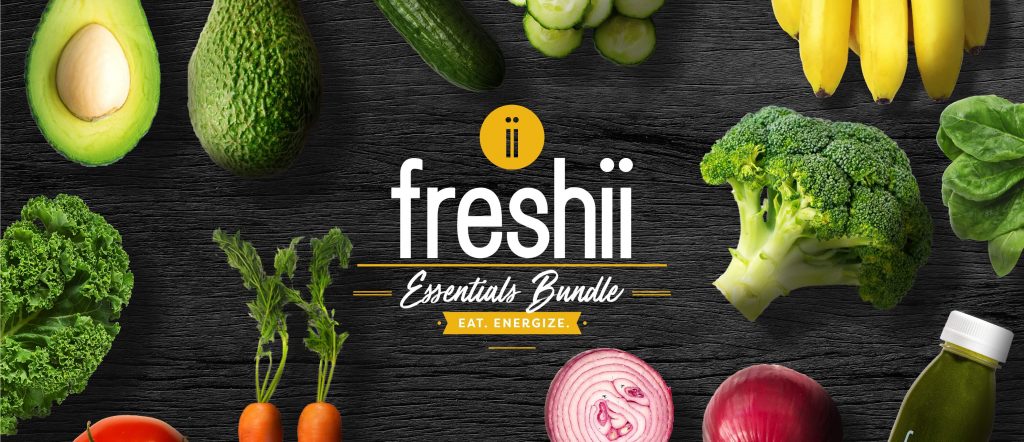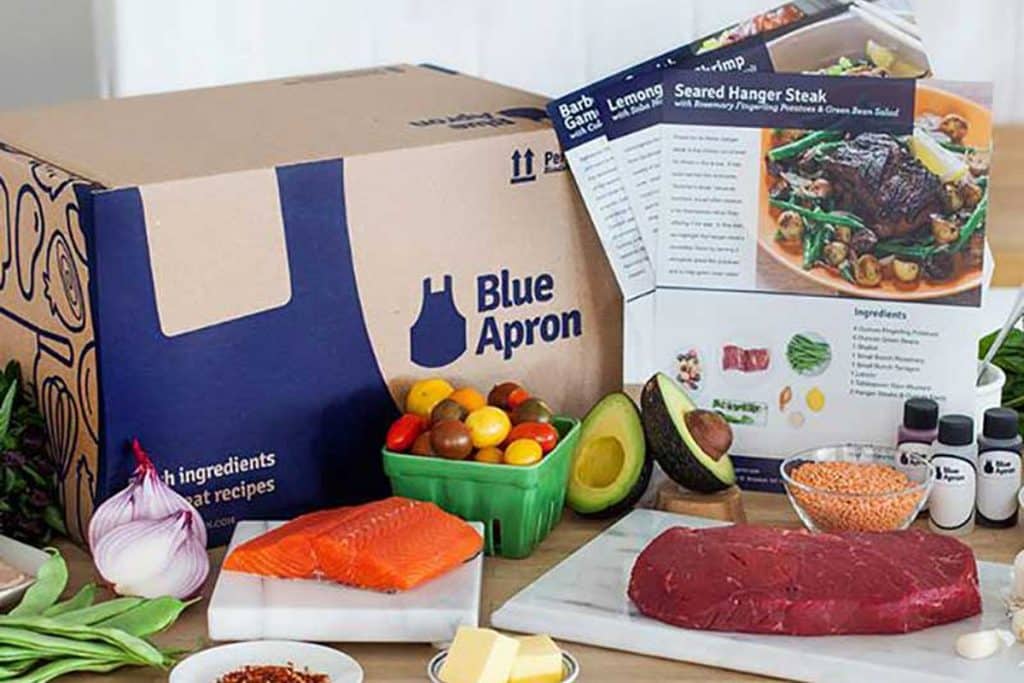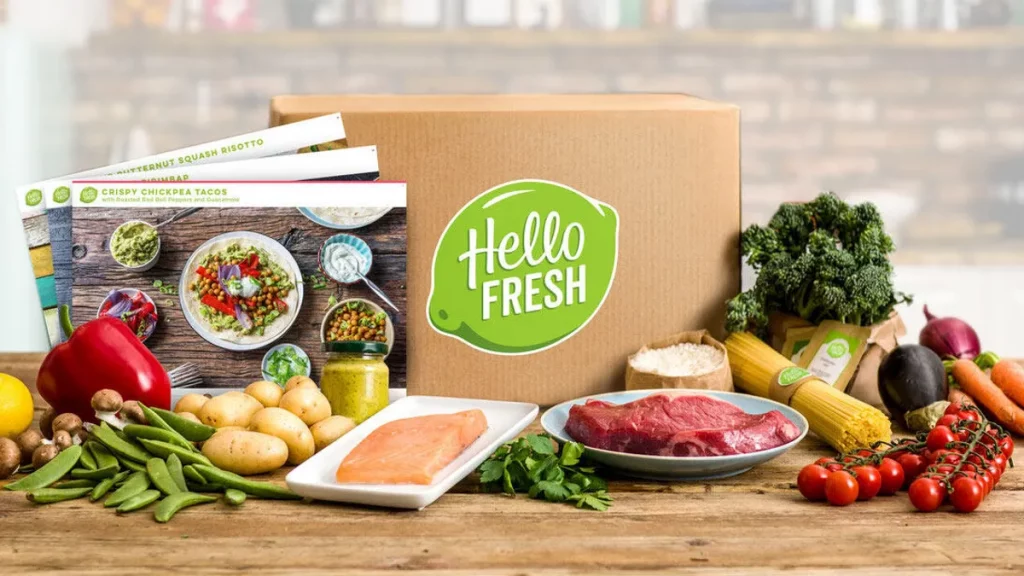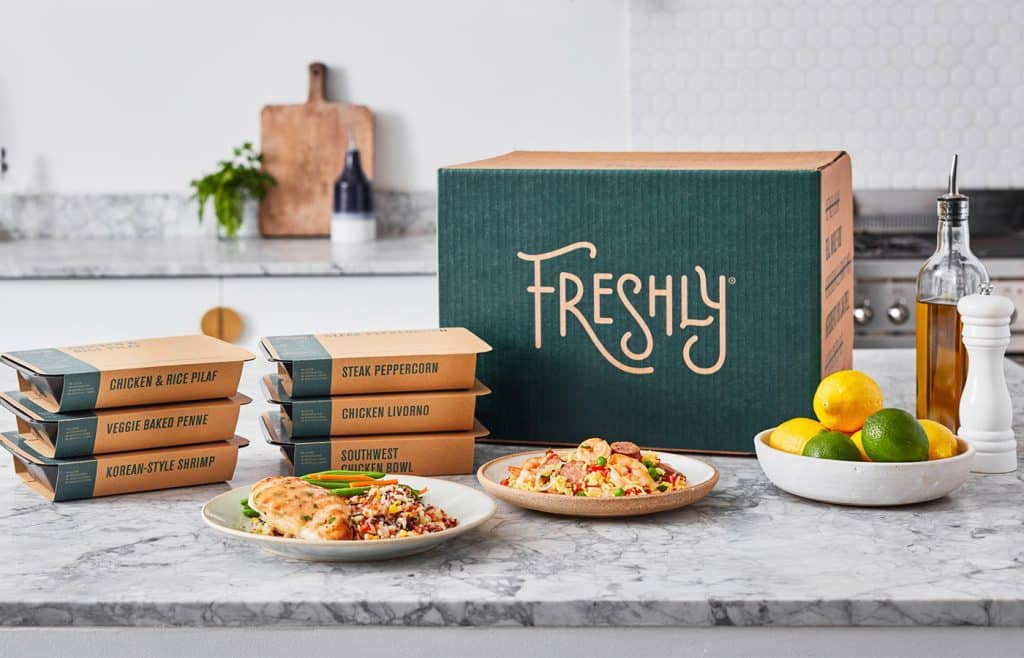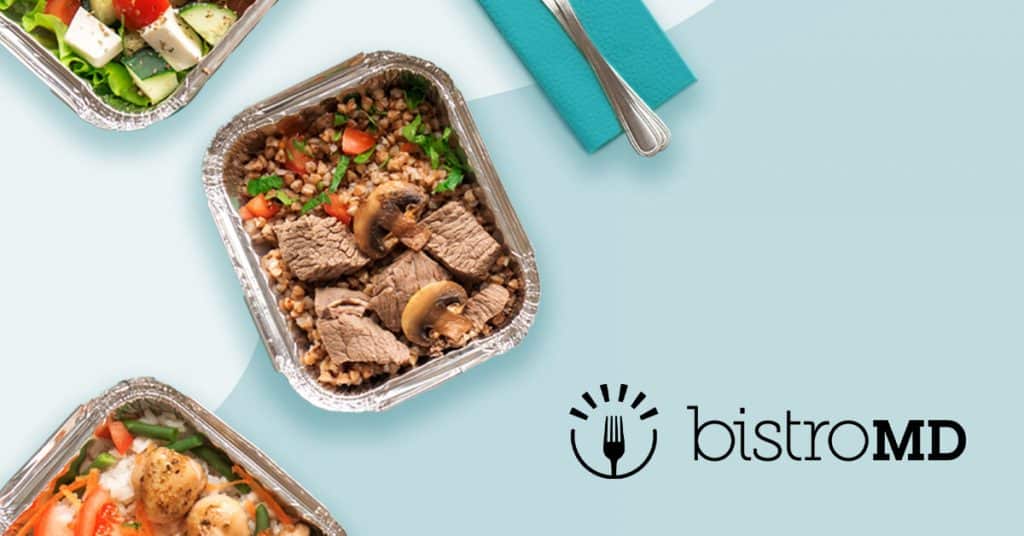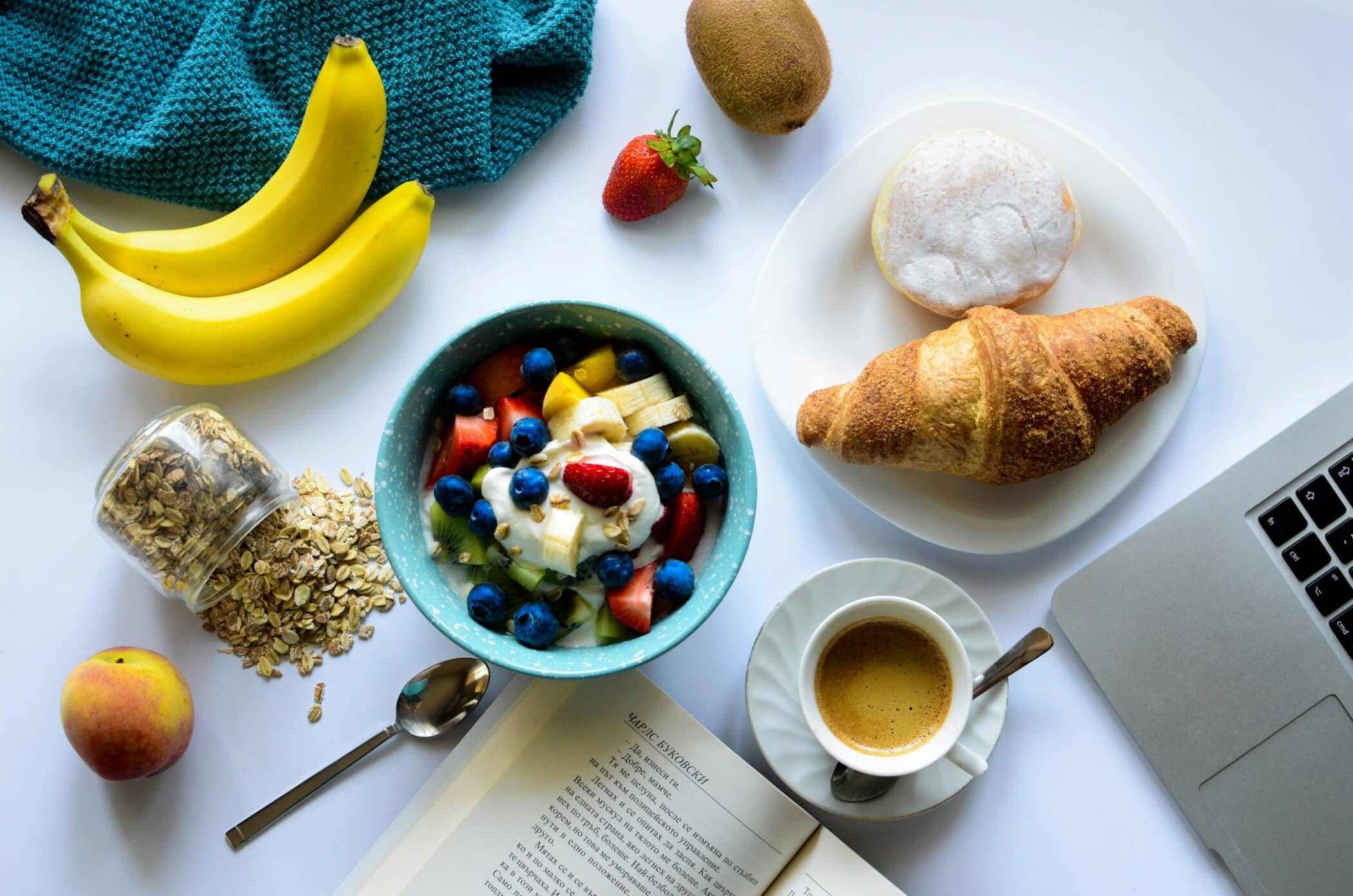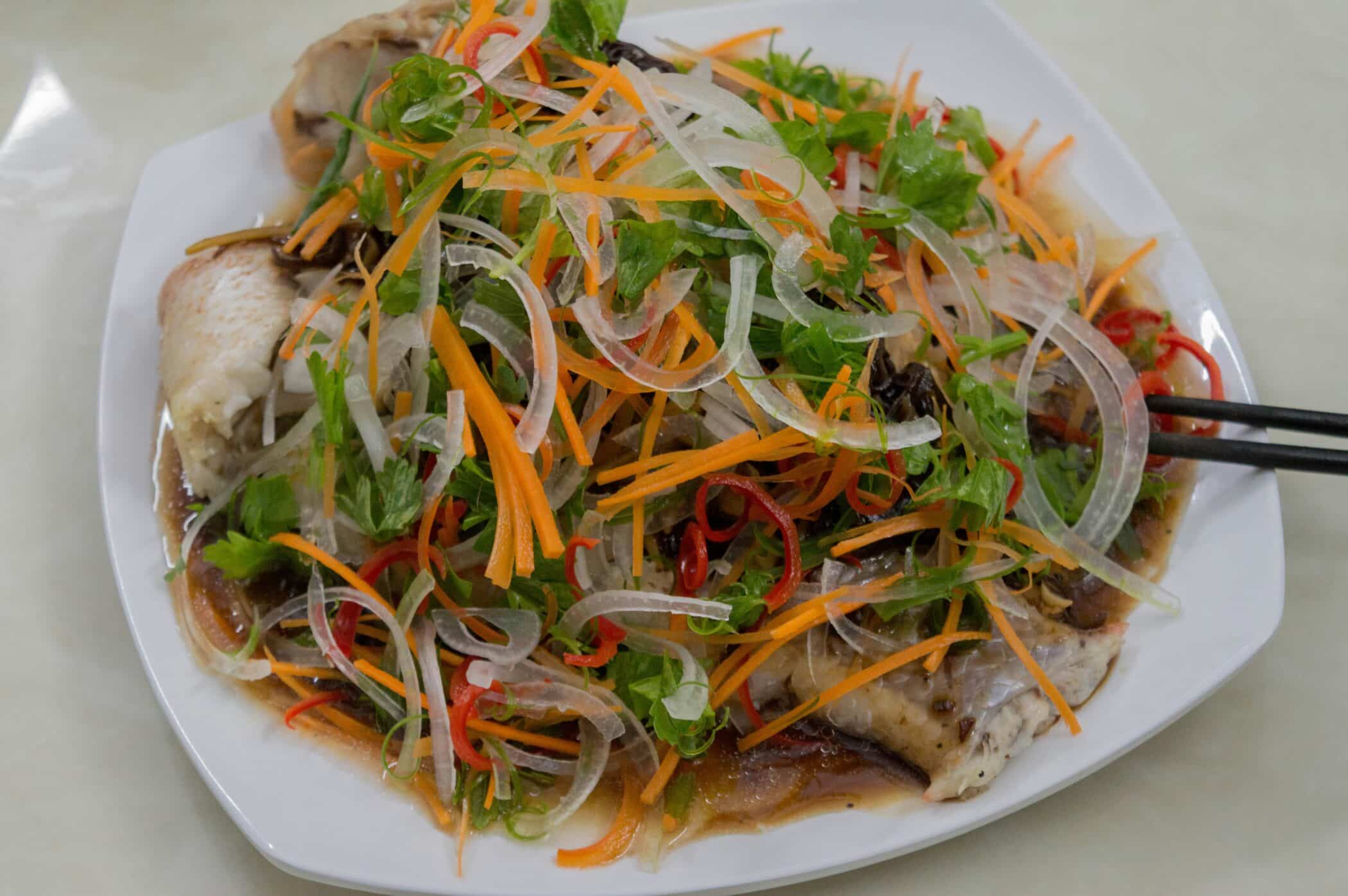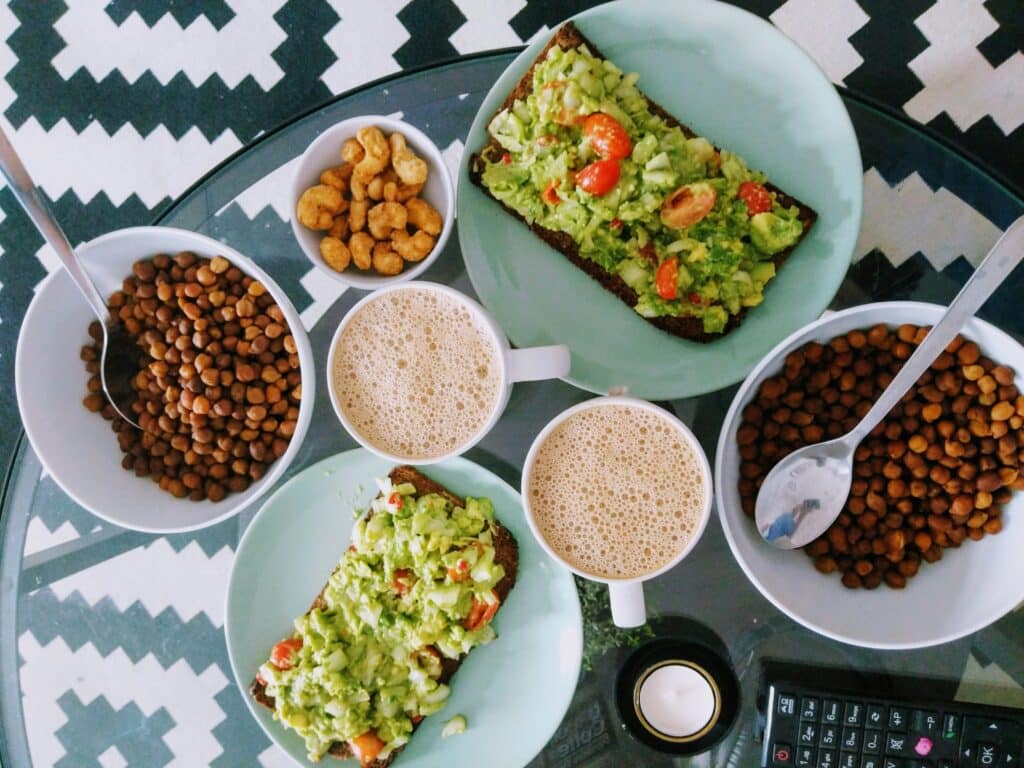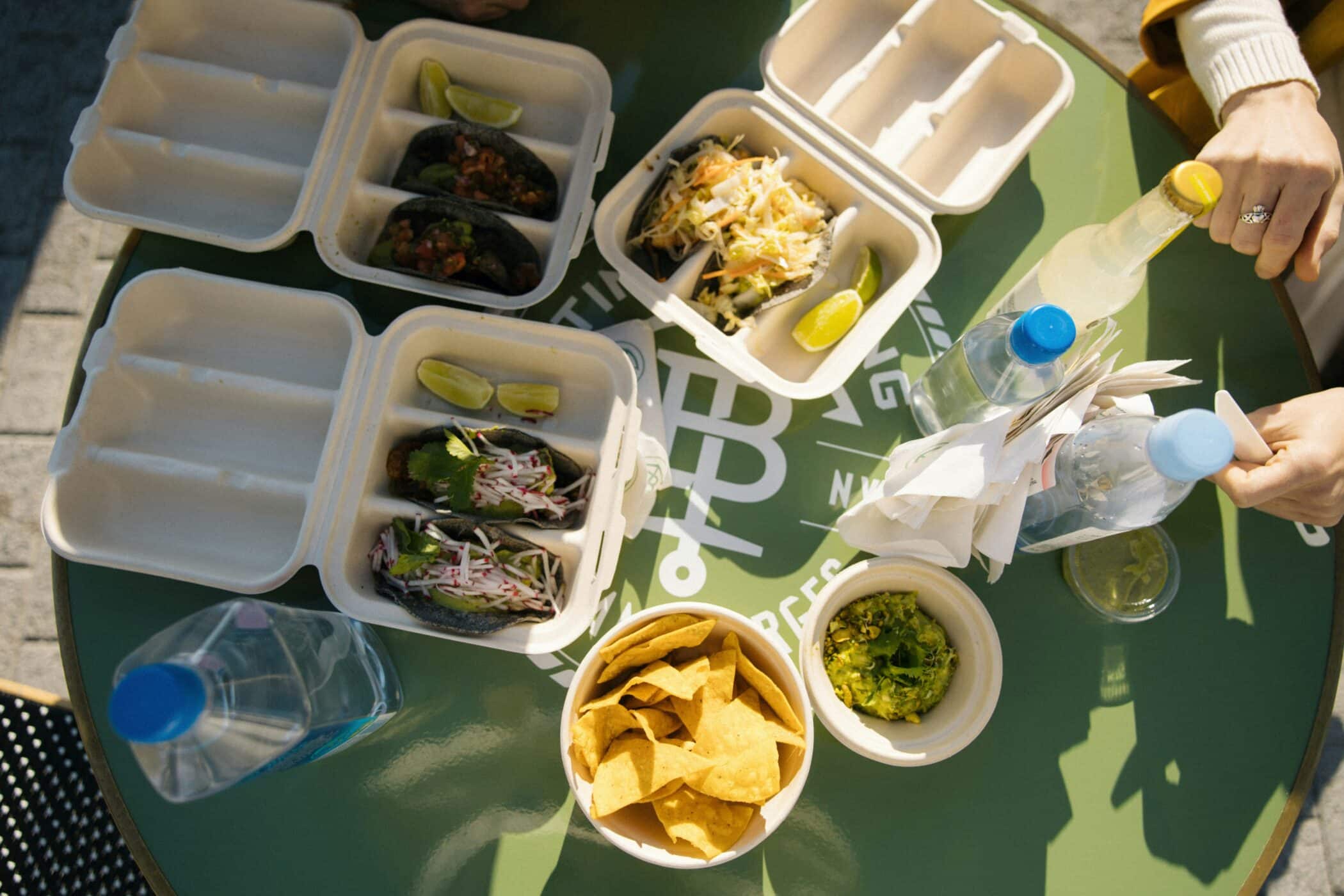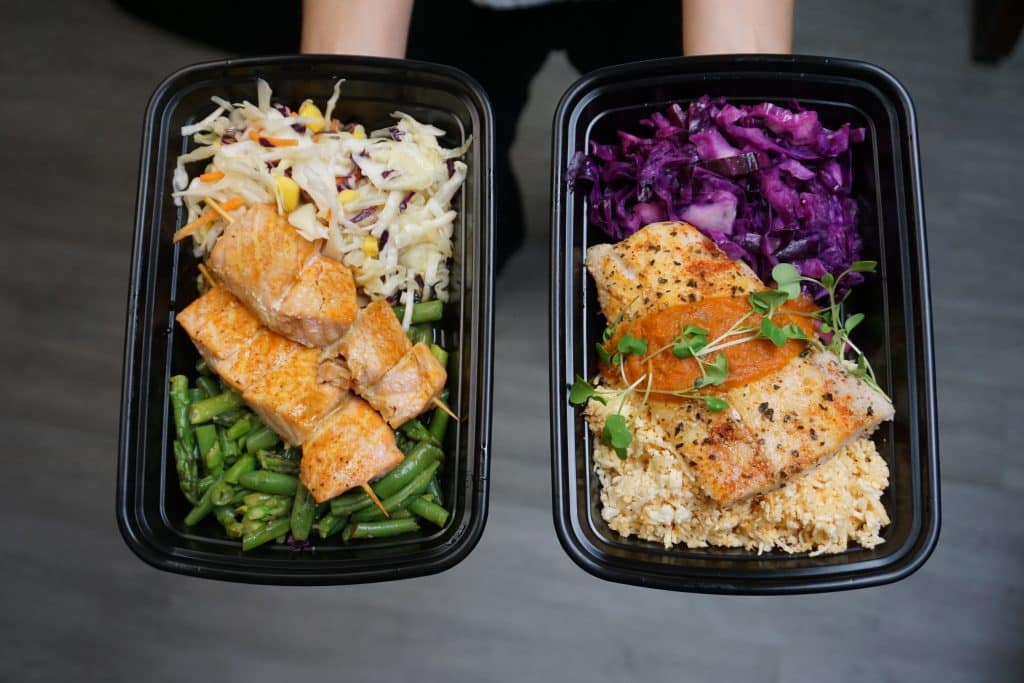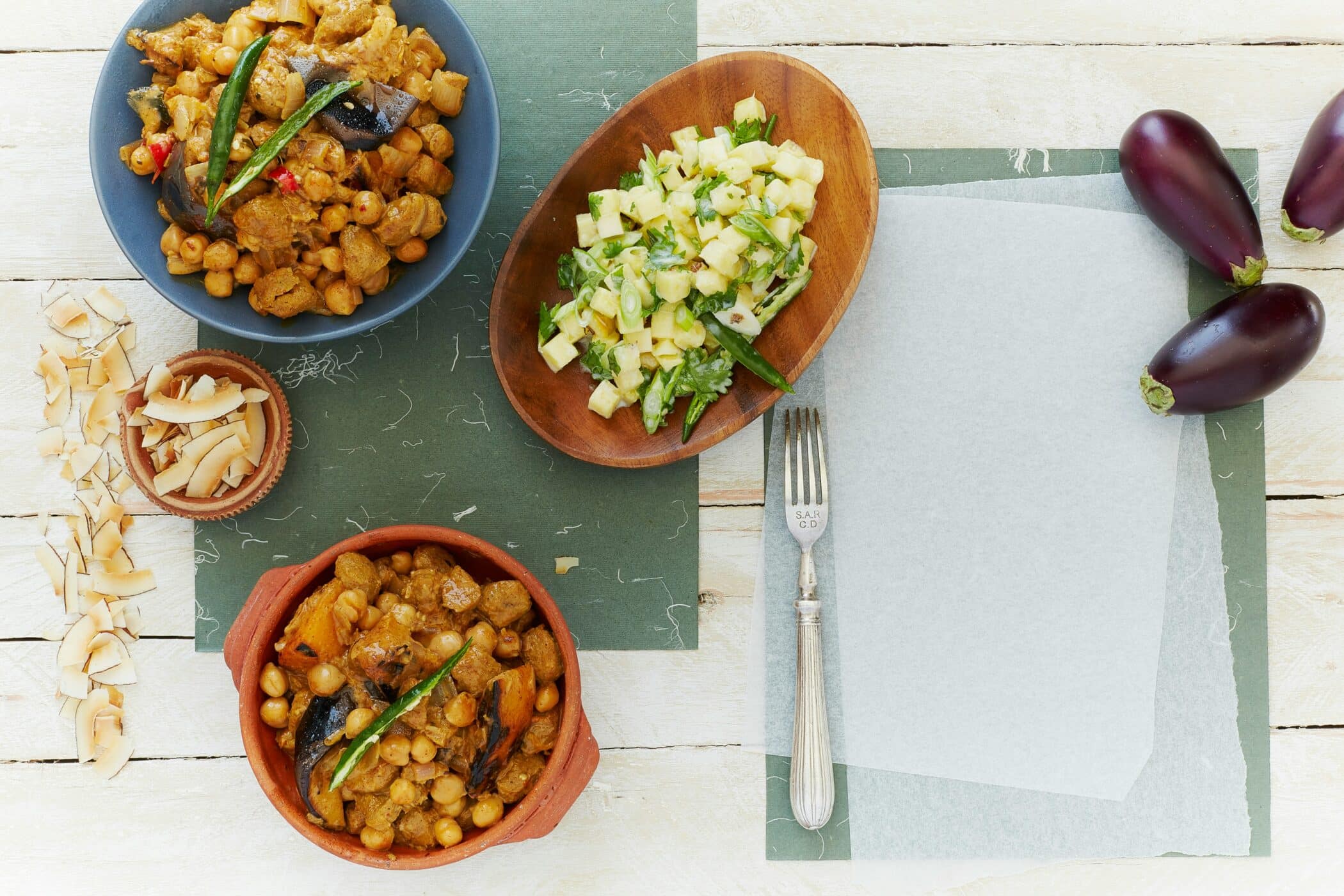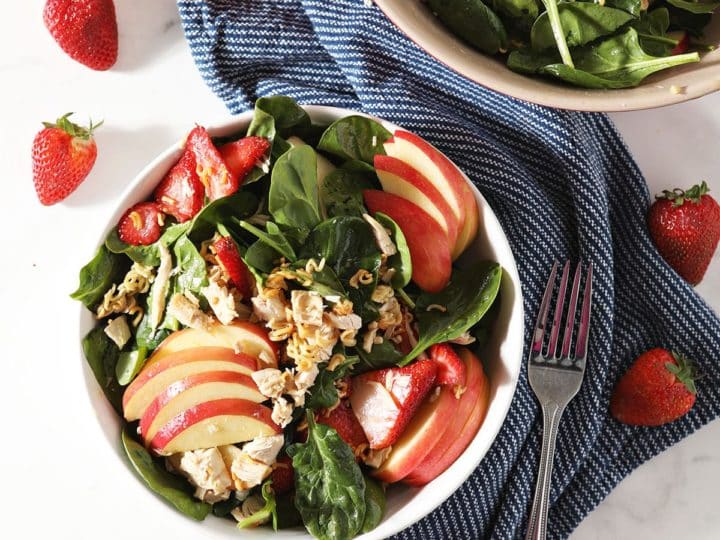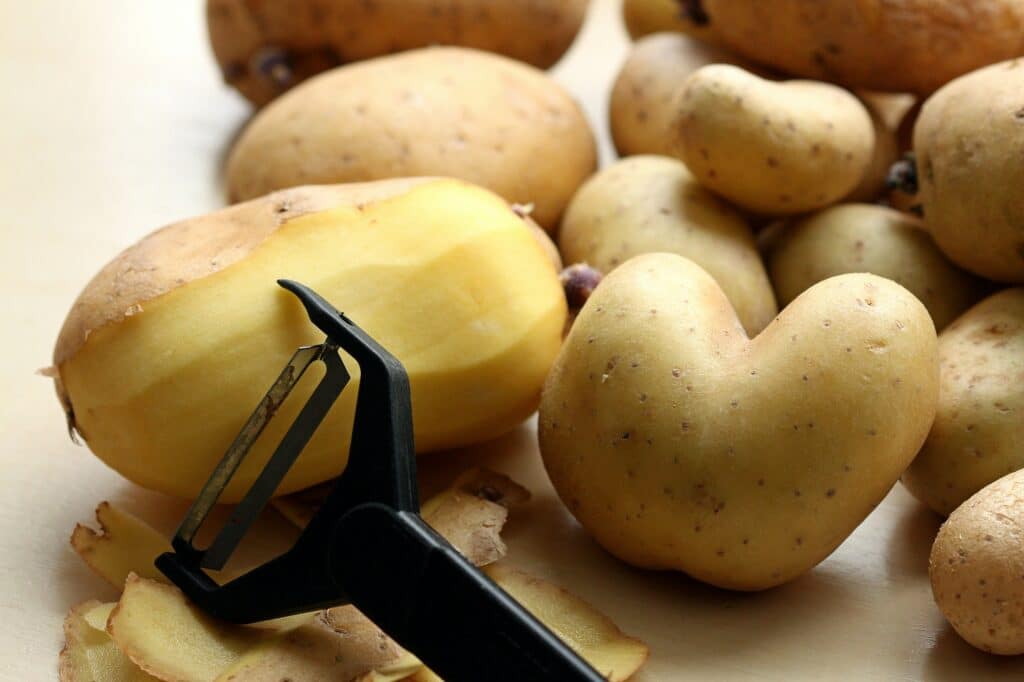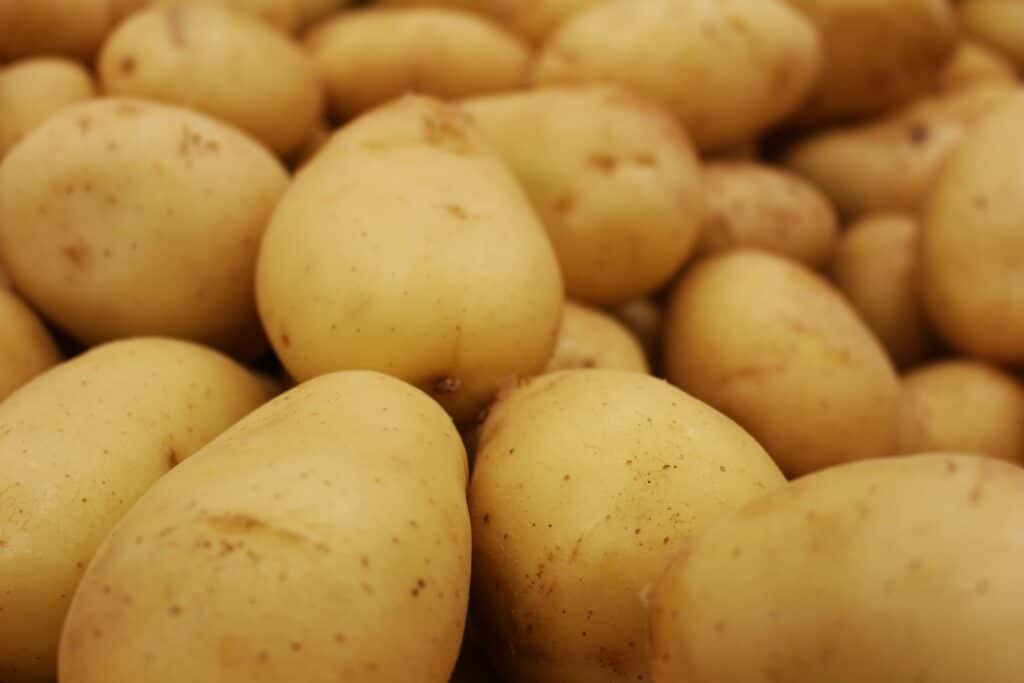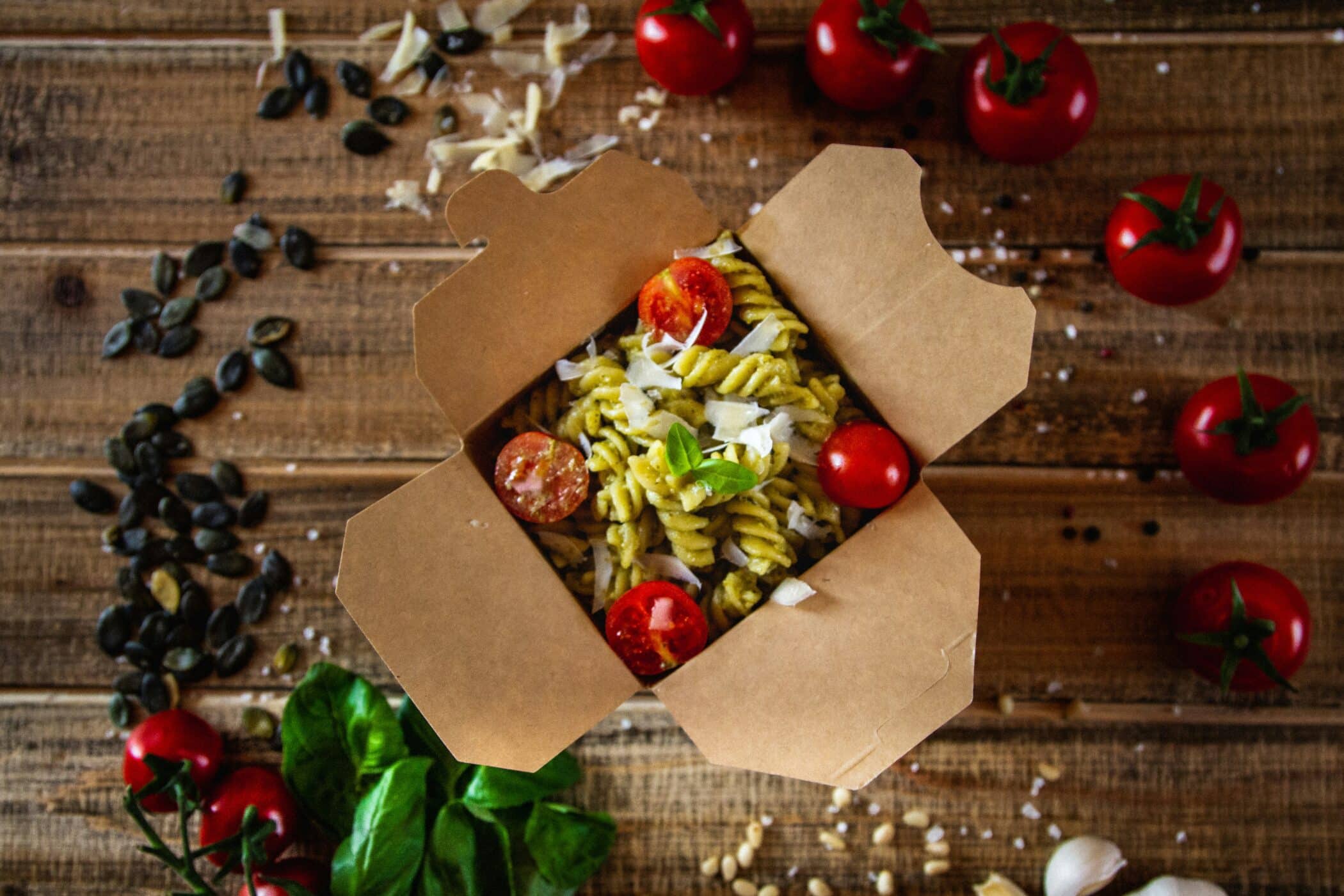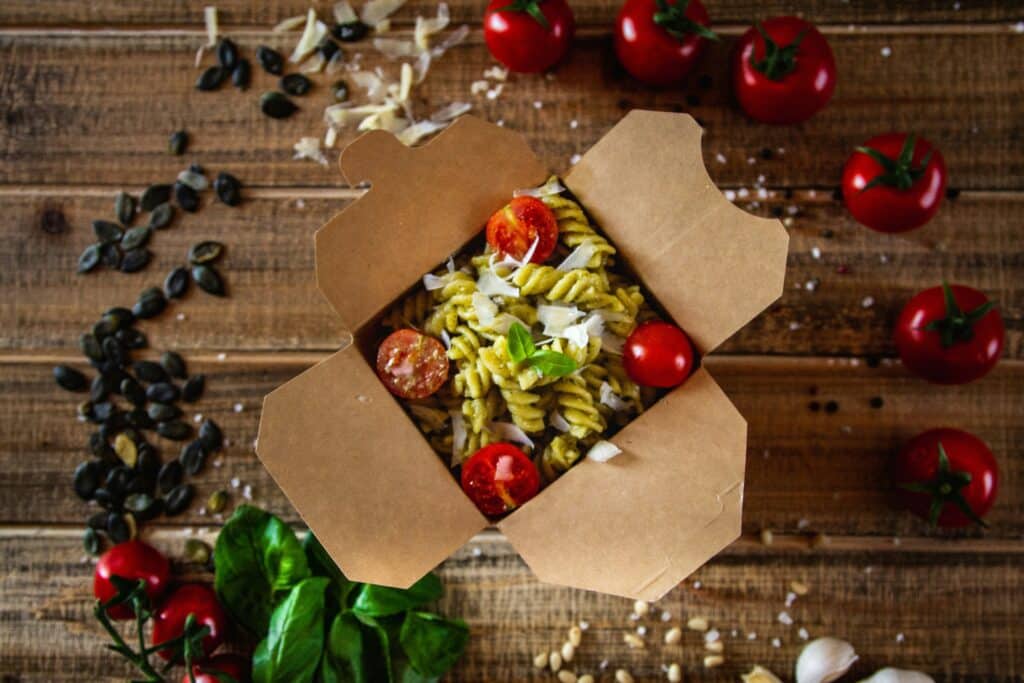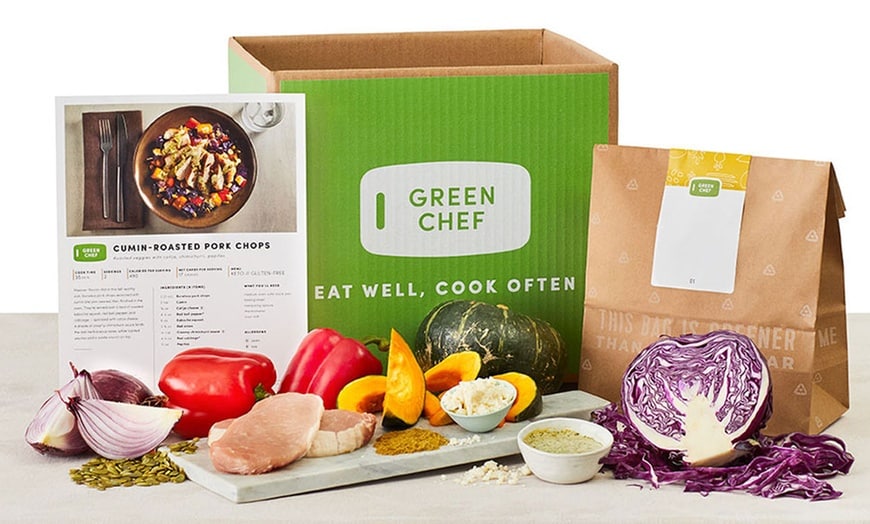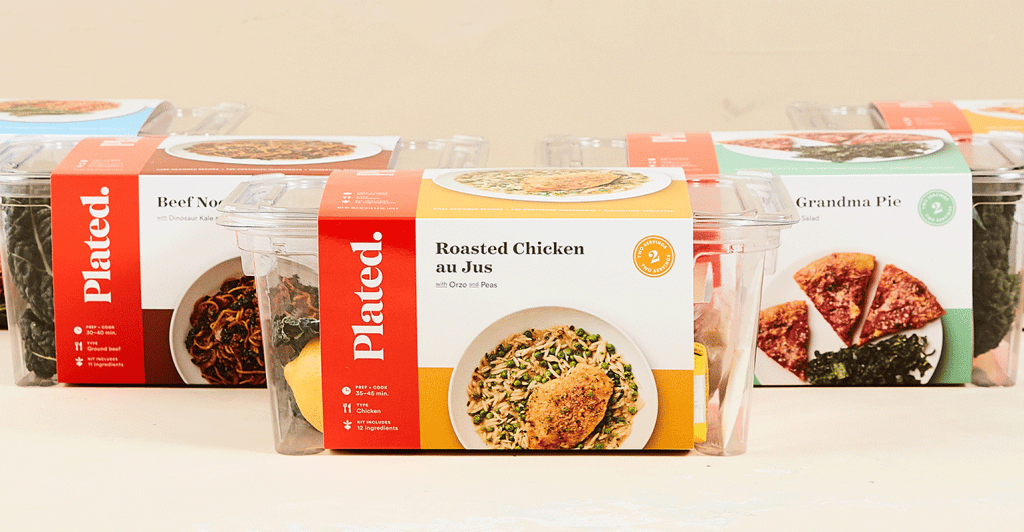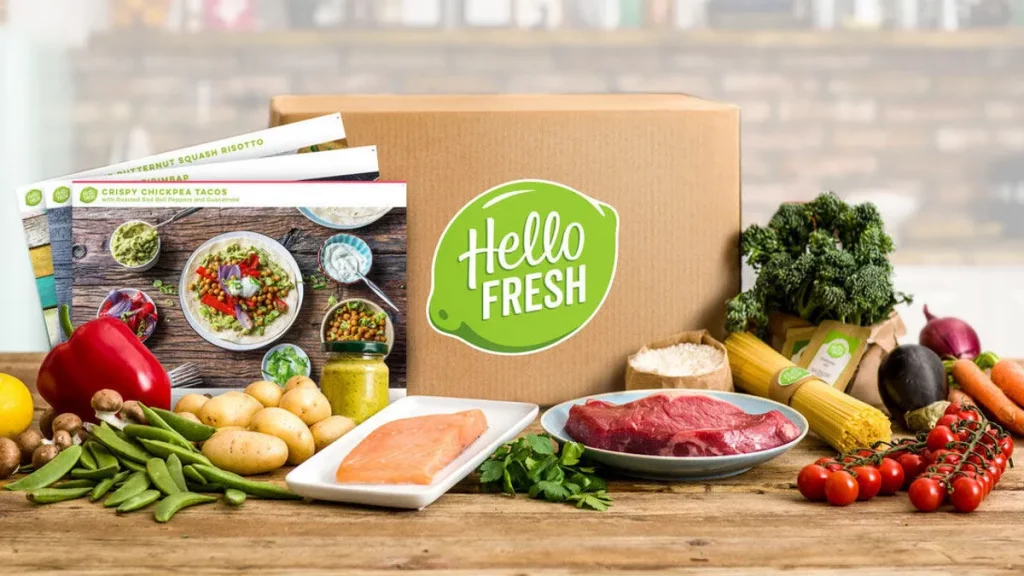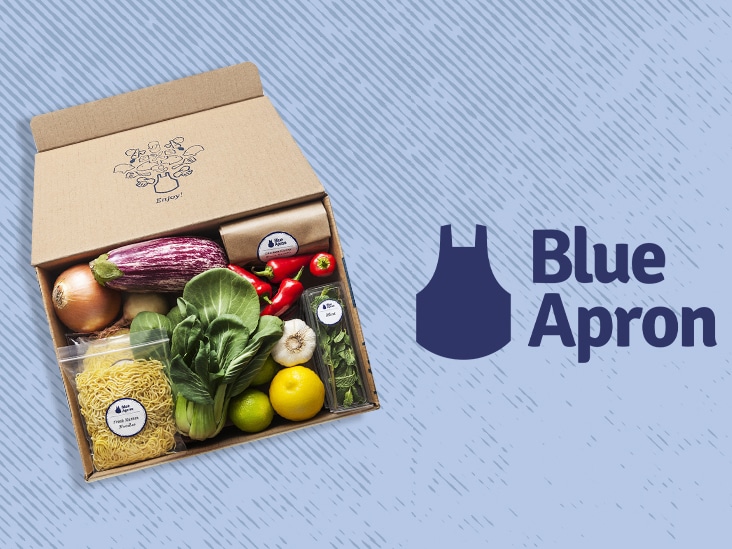
Athletes who are searching for a better performance often try to lose some weight so their body composition improves their speed and strength. When doing this, the important thing is to do so without jeopardizing your overall performance, immune function, and health. Combining the right weight loss meal plan and the proper amount of training helps drop the weight that you want and helps you become a more effective player. There is no need to starve or skip meals because that is bad for your health. We need to make sure to find a healthy method.
That is why we have this text for you. There are tips on effectively and safely loving weight while keeping top athletic performance. Keep in mind that losing a large amount of weight can`t be accomplished overnight. Let`s see how to do it healthily.
Tips to accomplishing your goal of losing weight
1. Don`t work on your weight loss during the season
Timing is the key. Avoid big changes in weight and body composition during the peak of your season. Depending on your sport, a change in composition could also change your strength, swing, speed, and body alignment. Something that worked great for years is too risky to change in the middle of the competition. In other words, switch to your weight loss meal plan when your training demands are the lowest or in the off-season.
2. Make sure to pay attention to why and when you eat
It is important to discover a connection between why and when you eat each day, more than how many calories you have consumed. For example, for most athletes, weight loss has more connection with psychology than caloric intake. Improper nutrient timing and emotional eating can make weight loss as well as a weight loss meal plan difficult to achieve.
These habits can lead to blood sugar drop, poor satiety, and a gradual decrease in metabolism over time. By changing behavior and habits, you will be able to experience long-term success without the stress of calorie counting.
3. Remove added sugar
Pay attention to your food intake for a week or two. It can happen that you are consuming more added sugar than you are aware of. For instance, you may use sugary condiments such as maple syrup or ketchup, eat canned fruit, sweetened cereal, granola bars, or drink fruit juice.
All of these are not the best choice for the weight-conscious athlete because they contain unnecessary sugar that lacks nutritional value. There are also calories that can result in fat storage. Therefore, be sure to eliminate the added sugar in your diet and not the important nutrients consumed at mealtime.
4. Keep your focus on lean protein
Before you decide to eat pasta, make sure that is in the company of lean protein such as fish or chicken. A balanced diet that includes a higher protein intake at every meal leads to greater calorie loss during digestion. As a result, the protein paired with fiber-rich fruits and vegetables and healthy fat will stabilize blood sugar. You will feel full and not hungry for a longer time.
5. Don`t use the scale daily
Do not check your weight every day. That is the least effective way for an athlete to track weight loss while training. To clarify, glycogen storage, changes in hydration, bowel movements, and menstrual cycle can result in drastically different numbers from day to day on your scale. It is an inaccurate reflection of weight and it may cause you to feel disappointed and think that the process is a failure.
6. Always remember to refuel
Keep in mind that refueling is essential. The meal that recovers your body after training is one of the most important meals of the day for an athlete. Thirty or sixty minutes after exercise is the best time to refuel. When you do it properly it can reduce body fat and maintain lean mass while your recovery accelerates.
While a short period after exercising, your cells are able to use nutrients as fuel instead of storing them. It is much easier to control consumption for your next meal when you are not famished after a difficult workout.
7. Think of the big picture
Try to control the weight loss. Losing too much weight at once is not a good idea. To lose around one lb per week, you will need to reduce your calorie intake per day by approximately six hundred calories. Once the season is over, you need a few weeks’ rest period so your body can recover from the physical stress that you collected during the year.
As we previously mentioned, do not lose weight during the season, and also do not lose a lot at once. Slower is healthier, lasts longer and changes in your meal plan stay permanent. Give yourself time to adjust to changes.
Additional tips that can help you stay on track
Sometimes it is not easy to stay on track. For athletes, it might be easier than for `regular` people because being an athlete already means that you have discipline. However, here are some ideas to help you if needed.
Firstly, you can try to join a challenge for motivation or social support. There are groups that get together for a nutrition or weight loss challenge, and a weight loss meal plan is a huge part of that. You can share goals, excitement, and recipes with friends or colleagues and that can make going toward your goal fun. Reading, finding information, and researching your goal can also make it easier to go down the right path.
Secondly, set realistic and small goals and give yourself rewards for reaching them. They can be anything from running an extra mile to lifting extra weight, sticking to a weight loss meal plan – anything connected to your daily activities.
Furthermore, it will help you if you throw out all junk food from your fridge or pantry. When you don`t have easy access to trigger foods you will less likely to eat them.
Lastly, use smaller plates to help you with portion control. If you are unsure how big your meal portion should be, or you are eating bigger portions than you should – use smaller plates to help you reduce them.
What to consider about your meal plan
It can be tough to lose weight for athletes. They are already more active than other people, so increasing physical activity usually is not an option for losing weight. Consequently, they need to lose weight by changing what they eat. This, on the other hand, might be easier, because, as we mentioned before, they already know a lot about discipline.
A weight loss meal plan that helps athletes lose weight should have food that will help reduce fat and include high-fiber carbohydrates. You should talk to a medical professional or sports scientist so they can help you figure out a calorie intake that will lead to weight loss. Also, it needs to meet your calorie needs with healthful foods to support your training program.
Breakfast
As previously mentioned, when an athlete wants to lose weight, they should cut some fat from their diet as instructed in their weight loss meal plan. Athletes who eat a lower-fat diet will experience more weight loss.
That is why, for breakfast, you should consume low-fat milk and high-fiber, low-fat cereal covered with fresh fruit. Avoid granola cereals because they contain too high-fat content. You can eat toasted whole grain bread with fruit juice-sweetened jam.
Lunch
Because athletes want to perform well and rebuild their muscles in between training sessions, they need to eat more protein than most people. As a part of your meal plan to lose weight, your lunches should include lean protein. Also, plenty of complex carbohydrates so you can have energy for your training.
Eat a large salad with chopped tomatoes, lettuce, radishes, and peppers. Add some smoked chicken breast and a little bit of olive oil. Whole wheat roll can provide some additional carbs and fiber, just skip the butter. On the other hand, you can enjoy a hearty turkey sandwich with tomato and lettuce on whole grain bread on a side with some sliced carrots and apples. If needed, add mustard instead of mayo for less fat.
Dinner
For an athletic meal plan for losing weight dinner should include some additional protein. Athletes who eat a little more protein will probably lose more weight. However, the protein you intake should still have a little fat.
Try fish broiled with pepper and lemon. Tilapia or cod represent low-fat and healthy choices. You can steam some broccoli or asparagus and add brown rice on a side for additional whole-grain carbs and fiber. You can choose a lean chicken breast baked with fresh herbs, sweet potato, and carrots on the side.
If you want a dessert too, just keep it fat-free and light. Enjoy a small scoop of fat-free sorbet or a bowl of fresh fruit.
Never skip meals to lose weight. Instead, you can eat smaller amounts at every meal and snack on some high-carbohydrate, low-calorie foods frequently during the day so you can fuel your workouts and prevent yourself from getting hungry. Eat your meals slowly. That will help you feel full by eating fewer calories.
The bottom line
For athletes to lose weight nutrition plays a more important role than exercising. Focus your exercise habits on performance development, not on burning more calories. If you burn more calories or train more you will eat more calories, too and that is why it is all about food.
Before you decide to make changes in your meal plan, consult with your teammates, coach, and sports dietitian so you can be sure that the change will lead to achieving your goal. If there is anything that we can do to help, feel free to contact us, too. We will make sure you have all you need to have successful weight loss and better performance.
Going down the path of losing weight has its challenges and it requires sacrifice. Embrace the hard work and you will earn your rewards. That way you will reach your goals, improve your performance, and feel great.

